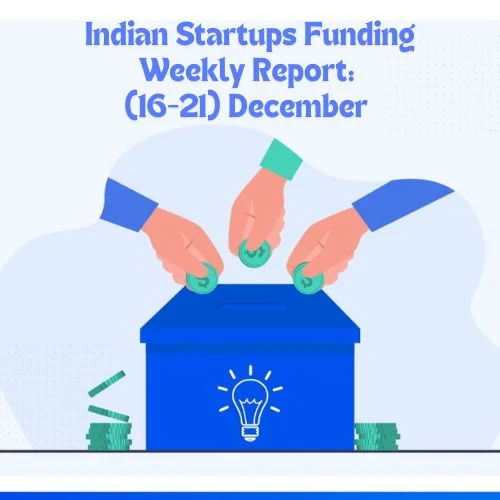The Indian space sector is undergoing a sea change because of effective government reforms, sudden spurts in the private sector, and increasing funding. These dynamic factors will be the backbone to innovate, open up opportunities for startups, and propel India into the breach to be one of the key contributors in the world space sector.

PC: Free Space Journal
This would be seen by many analysts as the turning point for growth in the space sector. The policy of April 2023 on the Indian Space Policy has opened up a sector to private players who could manufacture and launch satellites with the aim of utilizing them in communication services and other space-related activities. The opening of these policy changes would help promote more private investment, innovation, and hence a thriving, competitive space industry.
It would be a critical component of such a policy to have a single-window facilitator through an agency called IN-SPACe. This would ease bureaucratic hurdles in approvals and licensing issues, thereby accelerating the entry of new private companies into the market. Such an enabling environment is extremely necessary for the inculcation of a startup culture and fostering entrepreneurship ventures in space technology.
The Indian space start-up scenario has grown by leaps and bounds in the last couple of years, from one start-up in 2014 to over 180 by 2023, with the investments surging above $285 million. Interestingly, India’s cost-effective space missions and the technical expertise of ISRO have especially attracted the interest of foreign investors.
The Union Budget for the year 2024-25 had the department, therefore, standing first in line, with the outlay of the Department of Space being raised by a very modest 4% to Rs 13,043 crore. This will have the funding of the various missions and projects that are lined up in the immediate future, like the Gaganyaan mission for human space flights and the Mars Orbiter Mission 2.
Many Indian startups work zealously on space technology. Take the case of Skyroot Aerospace—the company is developing cost-effective launch vehicles. Agnikul Cosmos is into making satellites, while Pixxel is working on Earth observation-based advanced data analytics services. Another company in the space is Dhruva Space, which scaled a mile high with a win in its LEAP-TD experiment, validating its nanosatellite platform.
These start-ups are not only improving India’s space exploration capabilities but also helping to contribute to various sectors such as agriculture, disaster management, and communication with their innovative solutions. The support involved from the government and entrepreneurial spirits of these start-ups is creating a very robust ecosystem with a promise of significant technological advancement.
The future of the space sector in India seems very promising. Government policy reforms and funding might thus help magnetize an investment with far greater potential than previously considered, thereby creating competitive markets that solicit innovation. This is potential for startups and investors with the growing space market pegged at $6 billion by 2030.
In addition, advanced technologies such as AI-powered GEOINT satellites are going to push India one step further into the intelligence gathering and national security scenario. These satellites will play a pivotal role in military movement monitoring and image capturing of strategic locations with high resolution.
In a word, new funding and policy support are hoped to trigger a new era of growth and innovation in the Indian space sector. Synergism between government initiative and private sector dynamism has been pushing India forward toward becoming a global space power. Thus, watching the Indian space industry develop is a matter of high interest.















